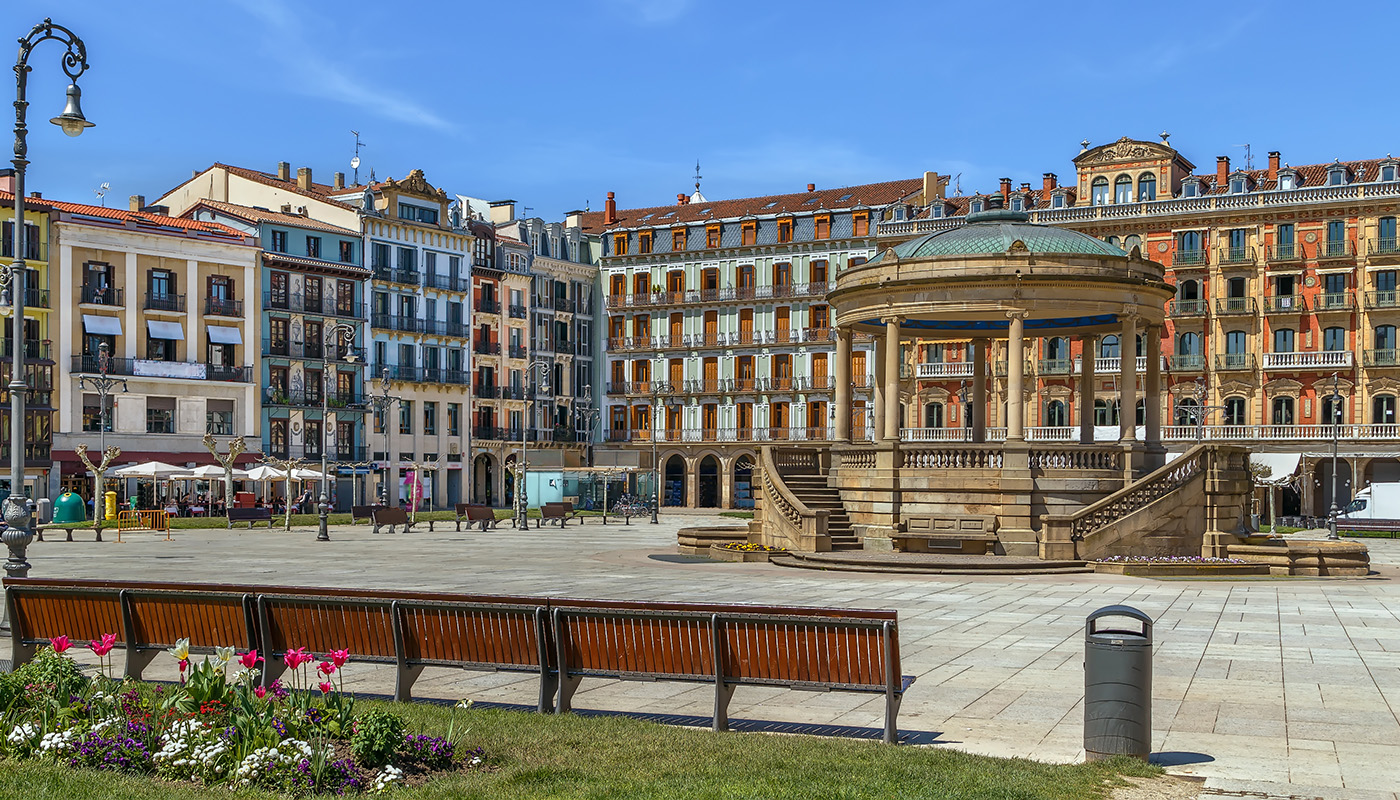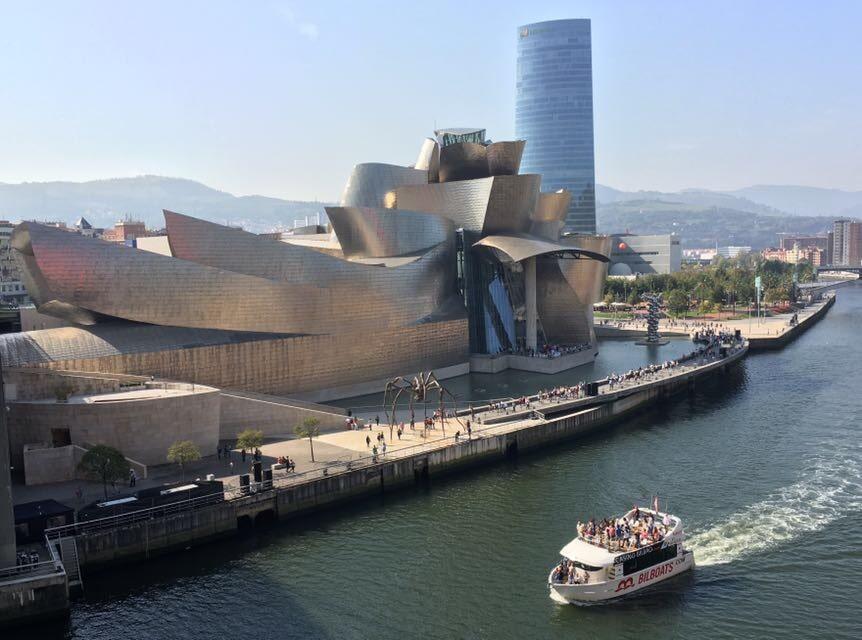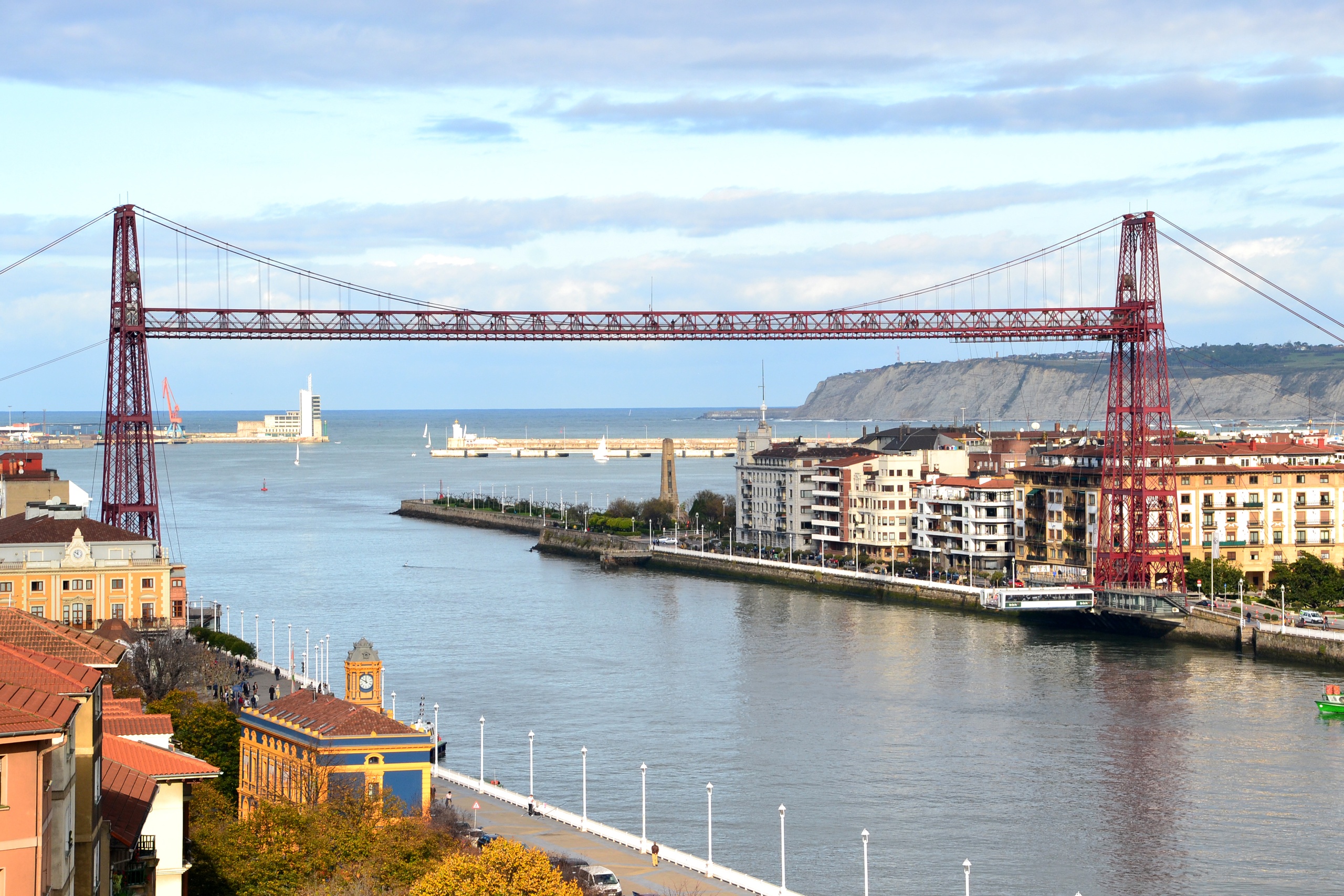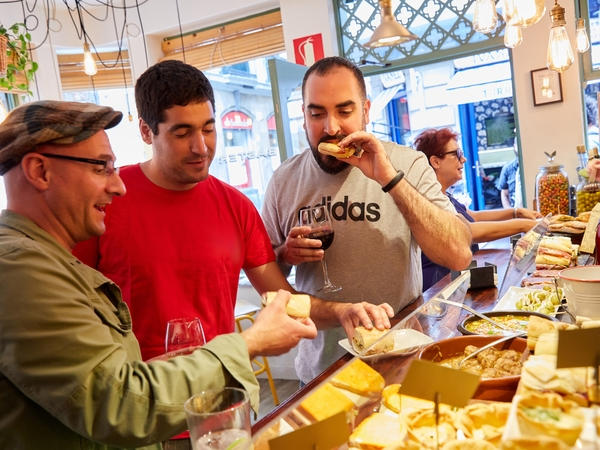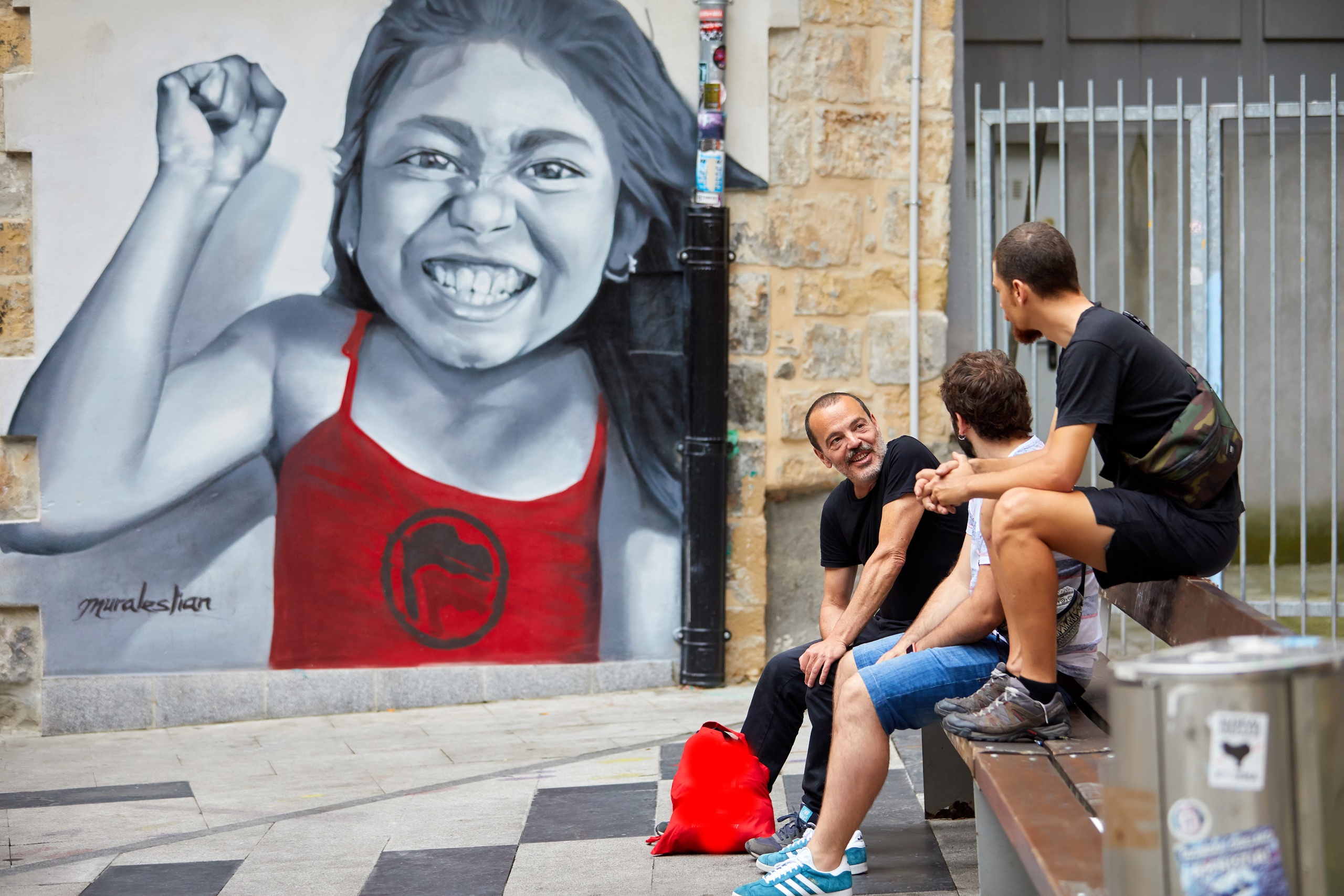Next to the estuary, in the city centre, Indautxu is one of the neighbourhoods that best captures the essence of Bilbao: a place where the city’s industrial history combines with modernity and a vibrant urban life, with all the dynamism of a city in constant transformation. With a cosmopolitan atmosphere, in Indautxu, traditional pintxo bars sit alongside trendy nightclubs and the avant-garde architecture of the Azkuna Zentroa finds its place among the historical buildings. With its elegant avenues and the modern Plaza Indautxu, the neighbourhood is a meeting point for both locals and visitors looking to immerse themselves in Basque culture, enjoy its gastronomy and discover Bilbao’s hidden charms. Whether strolling through its streets, enjoying the pintxo-pote experience, or visiting its museums, Indautxu promises an authentic and unforgettable experience.
History and context of the Indautxu neighbourhood: from a bourgeois ‘Ensanche’ to the epicentre of Bilbao’s modernity
Indautxu’s history is the story of Bilbao’s transformation from a port city to a modern industrial metropolis. In the late nineteenth and early twentieth centuries, Bilbao experienced unprecedented growth due to the expansion of the steel and shipbuilding industries. This economic development led to the creation of new neighbourhoods and the expansion of existing ones. Indautxu emerged as part of this phenomenon of urban expansion, known as the ‘Ensanche’, quickly becoming an important residential and commercial area.
In Basque, Indautxu means ‘narrow road or path’, in reference to the one that led to San Mamés through these once green fields,. In the first half of the twentieth century, Indautxu established itself as an important centre for culture and commerce, attracting a middle and upper class who, at the peak of the economic growth that Bilbao was experiencing thanks to industrialisation and commerce, were looking for somewhere more elegant and comfortable. Broad avenues such as Gran Vía de Don Diego López de Haro, which connected the neighbourhood with the Old Town, and the eclectic architecture that characterise the neighbourhood bear witness to that golden age.
Over time, Indautxu has managed to reinvent itself. Today, it is a reference point for urban life in Bilbao, where tradition and new trends coexist in harmony. Historical buildings such as San Francisco de Asís church sit alongside modern infrastructure such as the Indautxu metro station, designed by the British architect Norman Foster, and the modern Azkuna Zentroa cultural and leisure centre by the designer Philippe Starck. This balance between the past and present makes Indautxu a unique neighbourhood, which continues to attract visitors from all over the world.
Places of interest in the area: Indautxu, a journey through culture and architecture
Indautxu is home to some of Bilbao’s most emblematic spots, which stand out both for their cultural relevance and their architectural importance. One of the must-see places is the Bilbao Fine Arts Museum, considered one of the finest in Spain. The museum houses an impressive collection ranging from thirteenth-century medieval art to contemporary art, with works by masters such as El Greco, Goya, and Gauguin. Located in the Doña Casilda Iturrizar park, the museum is a cultural oasis that invites visitors to explore art and enjoy the natural surroundings.
In contrast with the most classic art, you can also visit the Azkuna Zentroa, formerly known as Alhóndiga Bilbao, which is without a doubt one of the most notable places in Indautxu. The former wine warehouse transformed by the renowned French designer Philippe Starck is now a cultural and leisure centre combining an impressive rooftop swimming pool with glass floors, a cinema, a library, exhibition rooms and a variety of spaces for sport and cultural activities. The 43 columns in the atrium, each with a different design, are an example of the dialogue between the old and the new that defines Bilbao.
Just a short walk from Indautxu, another interesting building is Euskalduna palace, another important stop for fans of art and culture. The congress and music centre, designed by Federico Soriano and Dolores Palacios, is a building that symbolises Bilbao’s reinvention from its industrial past to a modern city. With its rusted steel façade reminiscent of a ship under construction, Euskalduna palace plays host to the Bilbao Symphony Orchestra as well as operas, ballet and a wide range of cultural events. Its auditorium is known for its exceptional acoustics, and the building itself is a showcase of Bilbao’s innovative architecture.
Plaza Indautxu, the heart of the neighbourhood and a meeting place for locals, is another must-see in the neighbourhood. With its café terraces, shops and the hustle and bustle of daily life, the square is a perfect spot to take a break and soak up Bilbao’s atmosphere. From here you can easily reach Gran Vía de Don Diego López de Haro, Bilbao’s ‘Golden Mile’, where you will find luxury boutiques, fashion shops and a wide range of restaurants amid elegant, eclectic façades from the late nineteenth and early twentieth centuries.
San Francisco de Asís church, known as La Casilla, is also worth a visit. The neo-Gothic style place of worship stands out for its striking façade and ornate interior. One of the neighbourhood’s spiritual and cultural landmarks, it adds a touch of history to Indautxu’s modern skyline.
Pintxos and where to eat: from traditional pintxos bars to gourmet bars where they are reinterpreted
Indautxu is, without a doubt, one of the best places in Bilbao to enjoy the famous Basque pintxos, delicious morsels that have become a symbol of the local gastronomy. As large as it is varied, the selection includes everything from traditional bars where you can savour the most classic cuisine, to gourmet bars serving innovative reinterpretations of pintxos.
One of the most iconic bars in Indautxu is Café Iruña, founded in 1903 and famous for its Mudejar-style interior. Although it is not actually in Indautxu, its proximity makes it a mandatory stop. Offering a wide variety of pintxos, the café is known for its pincho moruno, a real delicacy that is a must on any culinary route through Bilbao.
For those looking for a more modern experience, Bar El Globo is a must-visit destination. Here, traditional pintxos are reinvented with contemporary touches, combining local ingredients with avant-garde techniques. Their foie gras and apple pintxo is one of the highlights of the menu, and the always lively atmosphere makes it a perfect meeting point for locals and visitors alike.
Two other recommended bars, both in the heart of Indautxu, are Ziripot and Covent Garden. The former is famous for its amazing stuffed peppers, cod and oxtail stew. The latter is known for its potato omelette, which has been awarded, on several occasions, as the best in Bilbao.



















































